Do you need help to achieve that perfect mirror-like finish on your aluminum parts? Dull, scratched surfaces can make even the best designs look subpar. But don’t worry – with the proper techniques, you can transform your aluminum from lackluster to lustrous in no time.
Polishing aluminum is an art that combines the right tools, abrasives, and techniques. Start with a clean surface and work through progressively finer grits of sandpaper. Use a polishing compound and buffing wheel for the final shine. The key is patience and consistent pressure throughout the process.
Ready to elevate your aluminum finishing game? Let’s explore the essential steps and insider tips to achieve that professional-grade shine you’ve dreamed of.
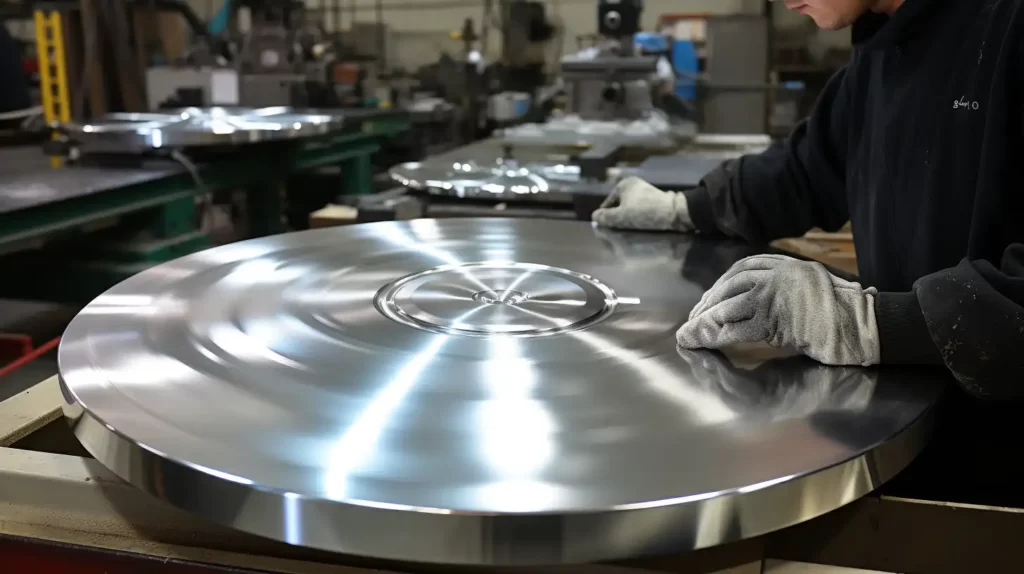
What is Metal Polishing?
Metal polishing is a process that enhances the surface of metals. It removes imperfections and creates a smooth, reflective finish. This technique applies to various metals, including aluminum, steel, and brass.
The process uses abrasives of increasing fineness. It starts with coarser grits to remove more considerable flaws. It then progresses to finer abrasives for a high shine. The final steps often involve buffing compounds and specialized polishes.
Benefits of Polished Aluminum
Polished aluminum offers more than just aesthetic appeal. It brings practical advantages to various industries and applications. Here’s why a well-polished aluminum surface matters:
- Enhanced Aesthetics: It creates a sleek, modern look.
- Improved Corrosion Resistance: The smooth surface resists rust and oxidation better.
- Easier Cleaning: Dirt and grime slide off polished surfaces more easily.
- Increased Reflectivity: Polished aluminum reflects light and heat efficiently.
- Added Value: It can increase the perceived value of products or structures.
- Versatility: Suitable for various applications, from automotive parts to architectural elements.
- Longevity: Proper polishing can extend the life of aluminum items.
- Customization: The level of shine can be adjusted to suit different preferences.
These benefits make polished aluminum ideal for automotive parts, architectural elements, and industrial equipment. A properly polished surface looks stunning, performs better, and lasts longer.
Best Tools for Polishing Aluminum
Choosing the right tools is crucial for achieving a mirror-like finish on aluminum. Let’s explore the most effective options:
Rotary polisher
A rotary polisher is a powerhouse for large, flat surfaces. It removes material quickly and efficiently. Use it with caution, as its high speed can cause heat buildup.
Random orbital sander
This tool is gentler than a rotary polisher. It’s perfect for beginners and ideal for curved surfaces. Its random motion helps prevent swirl marks.
Angle grinder
An angle grinder is versatile and powerful. It’s great for rough polishing and removing deep scratches. Attach different pads to achieve various finishes.
Buffing rake
A buffing rake helps clean and reshape buffing wheels. It removes old compound residue, ensuring your wheels stay effective.
Buffing wheels
Different buffing wheels suit various stages of polishing:
- Sisal wheels for rough polishing
- Spiral sewn wheels for medium polishing
- Loose cotton wheels for final finishing
Choose the right wheel for each stage to achieve the best results.
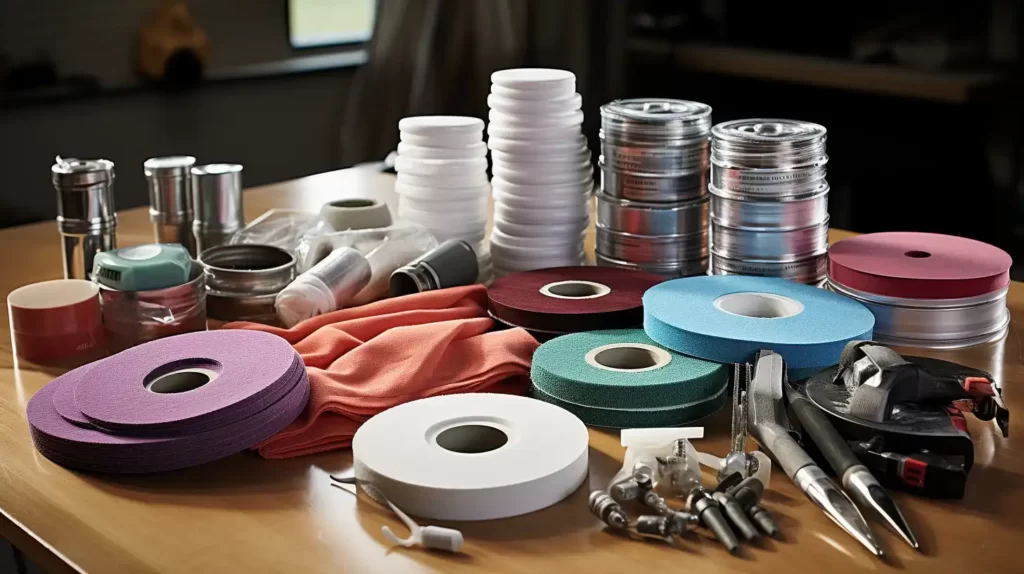
How to Polish Aluminum: The Step-by-Step Process
Achieving a mirror-like finish on aluminum requires a systematic approach. Follow these steps for the best results:
Step 1: Aluminum Surface Cleaning
Start with a thorough cleaning of the aluminum surface:
- Remove dirt and debris with soap and water.
- Use a degreaser to eliminate oils and residues.
- Dry the surface thoroughly with a clean, lint-free cloth.
- Inspect for any remaining contaminants.
Clean aluminum provides the best foundation for polishing. This step ensures optimal results and prevents scratching during later stages.
Step 2: Sanding Aluminum
Sanding prepares the surface for a smooth finish:
- Begin with coarse-grit sandpaper (around 80-grit).
- Progress to finer grits (120, 220, 400, 600).
- Sand in one direction, then perpendicular for each grit
- Clean the surface between grit changes.
- Finish with fine grit (1000 or higher) for a smooth base.
Proper sanding removes scratches and creates a uniform surface for polishing.
Step 3: Buffing Aluminum
Buffing brings out the shine:
- Apply polishing compound to a buffing wheel.
- Start with a cutting compound for initial shine.
- Move to a finer polish for increased luster.
- Use light pressure and keep the buffer moving.
- Wipe away excess compound frequently.
- Finish with a super fine polish for maximum shine.
Buffing transforms the sanded surface into a mirror-like finish. Patience and technique are crucial to achieving the best results.
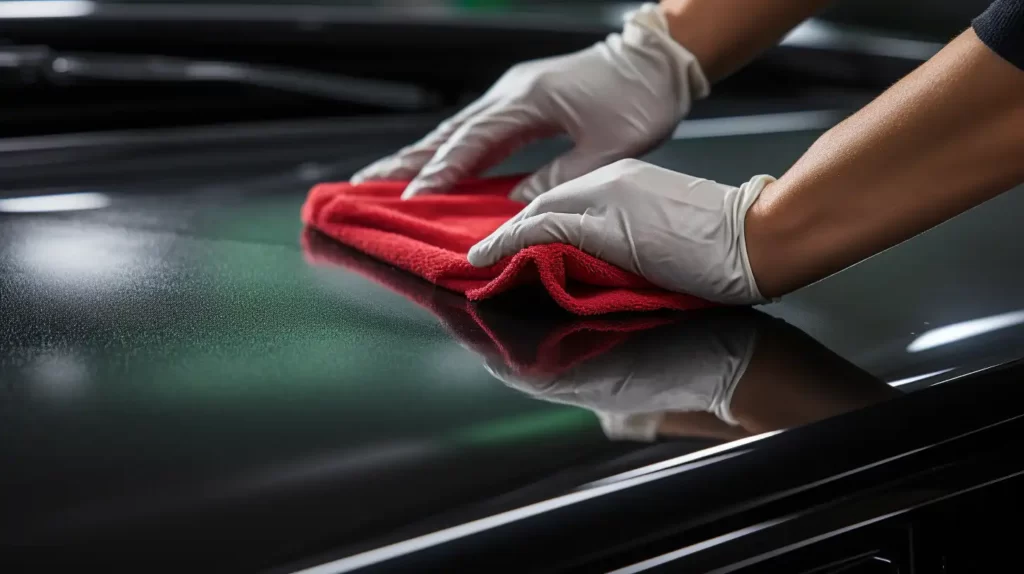
Ways to Polish Aluminum
Mechanical Polishing
Mechanical polishing is the most common method:
- Uses abrasives to remove material
- Requires physical effort or power tools
- Allows for precise control over the finish
- Suitable for both small and large projects
- Can achieve a mirror-like shine
This method is versatile and practical for most applications.
Chemical Polishing
Chemical polishing offers an alternative approach:
- Uses acidic or alkaline solutions
- Removes a thin layer of metal through chemical reactions
- Produces a smooth, bright finish
- Works well for complex shapes
- Requires careful handling of chemicals
This method is often used in industrial settings.
Electrolytic Polishing
Electrolytic polishing combines electricity and chemicals:
- Submerges the aluminum in an electrolyte solution
- Applies an electric current
- Removes metal ions from the surface
- Creates a highly smooth finish
- Ideal for precision parts and medical instruments
This advanced technique produces superior results but requires specialized equipment.
Troubleshooting Common Polishing Problems
Even skilled polishers encounter challenges. Here’s how to address common issues:
Dealing with Oxidation and Corrosion
Oxidation and corrosion can hinder your polishing efforts. Let’s tackle these problems head-on.
- How to Safely Remove Oxidation from AluminumUse a commercial aluminum cleaner
- Apply a mixture of vinegar and water.
- Try a paste of baking soda and water.
- For stubborn oxidation, use fine steel wool gently.
- Preventing Future Corrosion After PolishingApply a clear coat or sealant
- Store aluminum items in a dry environment.
- Clean regularly to remove contaminants.
- Consider anodizing for long-term protection.
Fixing Uneven or Dull Spots
Achieving a uniform shine can be tricky. Here’s how to address inconsistencies.
- Identifying the Cause of Inconsistent ShineCheck for Residual Compounds
- Look for areas of incomplete sanding.
- Inspect for heat damage from excessive buffing.
- Examine the surface for contaminants.
- Techniques for Correcting ImperfectionsRestart the process from a lower grit in problem areas
- Use a spot repair technique with progressively finer compounds.
- Apply more pressure to dull spots during buffing.
- Consider using a finer grit or compound for the final touches.
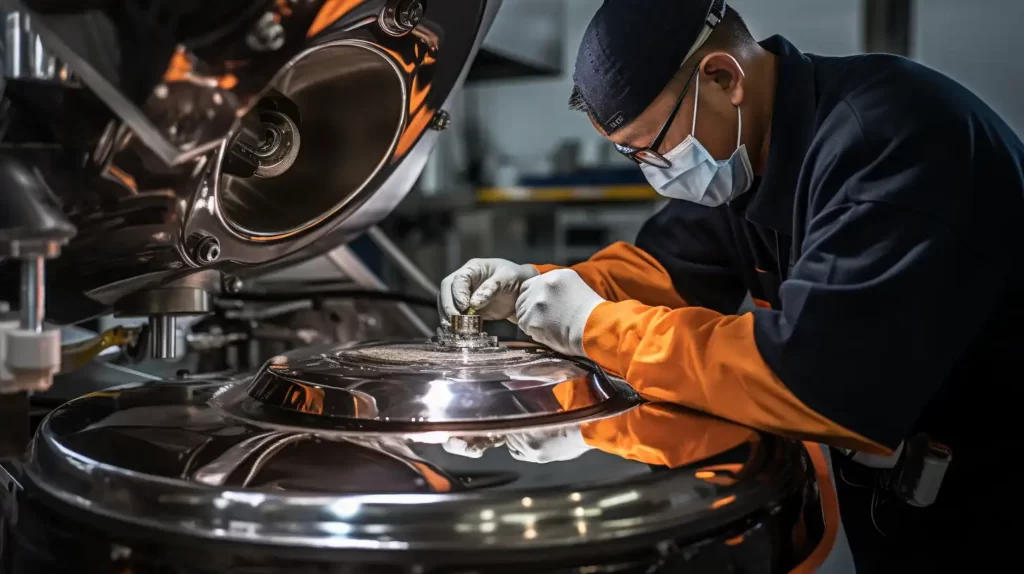
Applications of Aluminum Polishing
Aluminum polishing enhances the appearance and functionality of various products across industries. From automotive parts to architectural elements, polished aluminum adds value and performance. Its versatility makes it a popular choice for both aesthetic and practical applications.
Polished aluminum finds use in numerous fields:
- Automotive Industry: Wheels, trim, and custom parts shine with polished aluminum. It adds a sleek look to vehicles and resists corrosion from road conditions.
- Aerospace: Aircraft components benefit from polished aluminum’s lightweight strength and reflective properties.
- Architecture: Building facades, railings, and decorative elements use polished aluminum for modern aesthetics and durability.
- Consumer Products: Electronics, appliances, and kitchenware often feature polished aluminum for a premium appearance.
- Marine Applications: Boat hardware and trim resist saltwater corrosion better when polished.
- Industrial Equipment: Polished surfaces on machinery improve cleanliness and resist product buildup.
- Jewelry and Accessories: Polished aluminum offers a lightweight alternative to precious metals in fashion items.
Each application leverages the unique properties of polished aluminum. Its lightweight, corrosion-resistant, and attractive finish make it ideal for diverse uses.
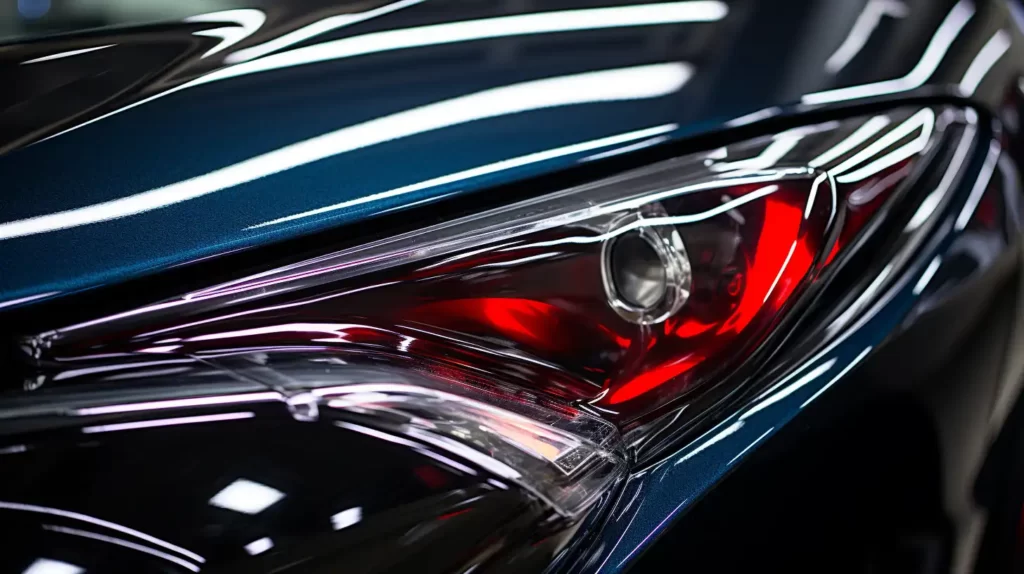
Conclusion
Polishing aluminum transforms ordinary surfaces into stunning, reflective finishes. You can achieve professional-level results with the right tools, techniques, and patience. Remember to start with proper preparation, work through grits methodically, and finish with high-quality compounds. Regular maintenance will keep your polished aluminum looking its best for years.
Do you need a reliable sheet metal parts manufacturer? Shengen is the place to go. We specialize in sheet metal laser cutting, bending, surface finish, and CNC Machining. Reach out to Shengen Today and seek help from professionals!
FAQs
How Long Does It Take to Polish Aluminum?
The time needed varies based on the size and condition of the piece. A small item might take an hour, while larger projects require several hours or days. Patience yields the best results.
How do you polish scratches out of aluminum?
Start by sanding the scratched area with fine-grit sandpaper. Gradually move to finer grits, then use a polishing compound. For deep scratches, begin with a coarser grit and work up.
What is the best way to polish aluminum?
The best method combines mechanical and chemical processes. Start cleaning and sanding, then use a rotary polisher with appropriate compounds. Finish with a high-quality aluminum polish for maximum shine.
How Often Should Aluminum Be Polished?
Frequency depends on exposure and use. Outdoor items may need polishing every 3-6 months. Indoor or less-used items might only require annual polishing. Regular cleaning helps maintain the shine between polishing sessions.
Hey, I'm Kevin Lee

For the past 10 years, I’ve been immersed in various forms of sheet metal fabrication, sharing cool insights here from my experiences across diverse workshops.
Get in touch

Kevin Lee
I have over ten years of professional experience in sheet metal fabrication, specializing in laser cutting, bending, welding, and surface treatment techniques. As the Technical Director at Shengen, I am committed to solving complex manufacturing challenges and driving innovation and quality in each project.

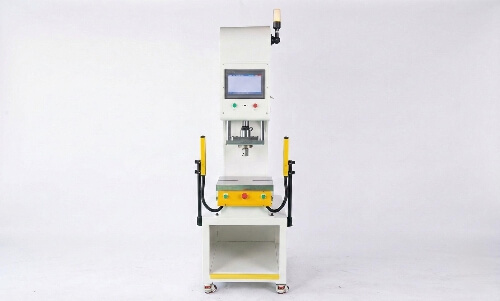
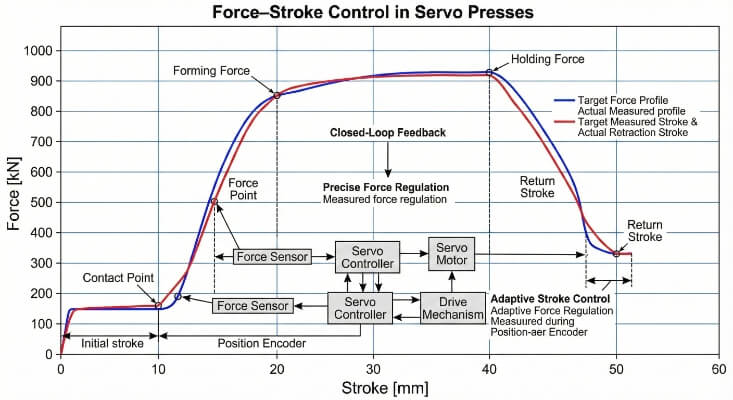

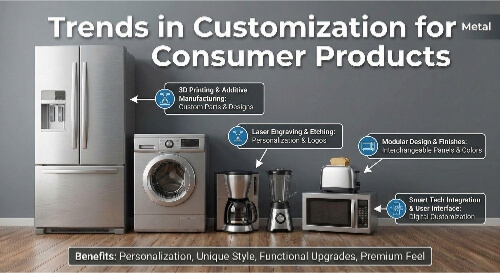
One Response